Marc 62783
Код товару: 62783Паперова книга
-
ISBN9783836534932
-
Бренд
-
Автор
-
СеріяBasic Art Series 2.0
-
Рік2016
-
МоваАнглійська
-
ІлюстраціїКольорові
590 ₴
-
Нова ПоштаБезкоштовно від
3'000,00 ₴ -
УкрпоштаБезкоштовно від
1'000,00 ₴ -
Meest ПоштаБезкоштовно від
3'000,00 ₴
Характеристики
- Бренд
- Автор
- СеріяBasic Art Series 2.0
- КатегоріяКультура та мистецтво
- Рік2016
- Сторінок96
- Формат210х260 мм
- ОбкладинкаТверда
- Тип паперуОфсетний
- МоваАнглійська
- ІлюстраціїКольорові
- Термін поставки5-7 дней
Анотація
A blueprint for Expressionism
Printmaker Franz Marc’s short life fueled the rise of German Expressionism
Printmaker, landscape painter, and один of Der Blaue Reiter (“The Blue Rider”), Franz Marc (1880–1916) left an exceptional legacy in German Expressionism. His work absorbed influences including Paul Gauguin, van Gogh, Picasso, Henri Matisse, and Robert Delaunay to galvanize a new vocabulary of form and color.
Especially keen on depictions of animals, Marc’s work began emphasizing cubist, semi-abstracted shapes; frenetic, whirling compositions; and in his paintings, a new vocabulary of color. Marc located spiritual values in different shades. Blue was spirituality and masculinity. Yellow depicted femininity and joy. Red hues correlated to anger and violence.
It was with his friend and peer Wassily Kandinsky that Marc заснована Der Blaue Reiter, a loose band of artists connected by a shared interest in гравюр на дереві prints and the symbolic values of color, and spontaneous approaches to painting. The group was short-lived, dissolving with the onset of the First World War–which would also claim Marc’s life in 1916–but it set an Expressionist standard that would flourish for decades.
In this new edition in TASCHEN’s popular Basic Art series, we meet this pivotal figure of German art and explore his short but hugely accomplished career, which at once defined an era and set an enduring point of Expressionist reference.
About the series:
Each book in TASCHEN’s Basic Art series features:
Printmaker Franz Marc’s short life fueled the rise of German Expressionism
Printmaker, landscape painter, and один of Der Blaue Reiter (“The Blue Rider”), Franz Marc (1880–1916) left an exceptional legacy in German Expressionism. His work absorbed influences including Paul Gauguin, van Gogh, Picasso, Henri Matisse, and Robert Delaunay to galvanize a new vocabulary of form and color.
Especially keen on depictions of animals, Marc’s work began emphasizing cubist, semi-abstracted shapes; frenetic, whirling compositions; and in his paintings, a new vocabulary of color. Marc located spiritual values in different shades. Blue was spirituality and masculinity. Yellow depicted femininity and joy. Red hues correlated to anger and violence.
It was with his friend and peer Wassily Kandinsky that Marc заснована Der Blaue Reiter, a loose band of artists connected by a shared interest in гравюр на дереві prints and the symbolic values of color, and spontaneous approaches to painting. The group was short-lived, dissolving with the onset of the First World War–which would also claim Marc’s life in 1916–but it set an Expressionist standard that would flourish for decades.
In this new edition in TASCHEN’s popular Basic Art series, we meet this pivotal figure of German art and explore his short but hugely accomplished career, which at once defined an era and set an enduring point of Expressionist reference.
About the series:
Each book in TASCHEN’s Basic Art series features:
- a detailed chronological summary of the life and oeuvre of the artist, covering his or her cultural and historical importance
- a concise biography
- approximately 100 illustrations with explanatory captions
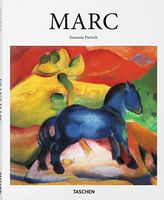
Marc
590 ₴


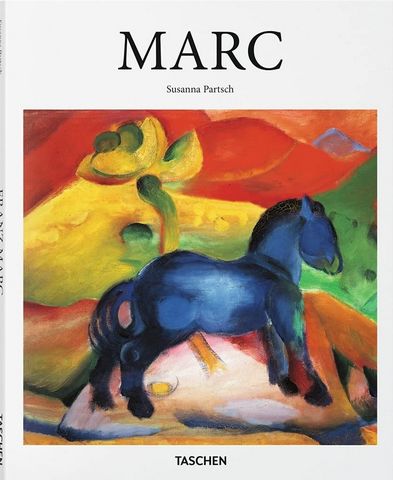


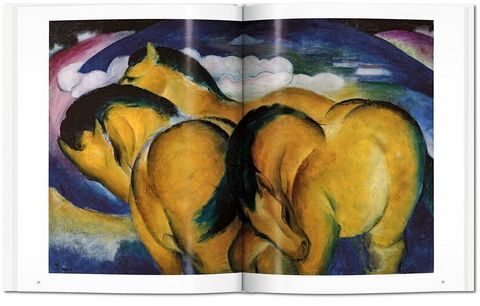



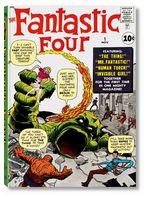

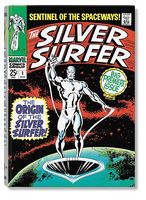
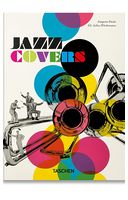
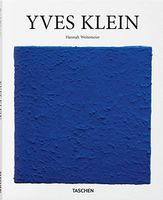

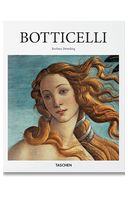






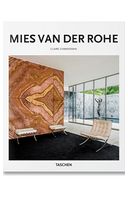


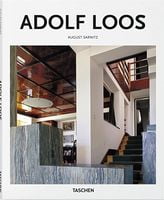













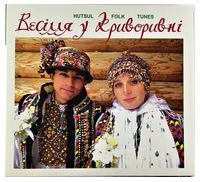
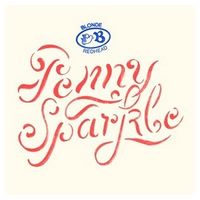

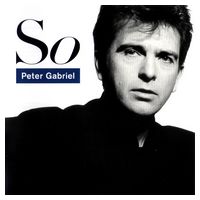

Відгуки про Marc